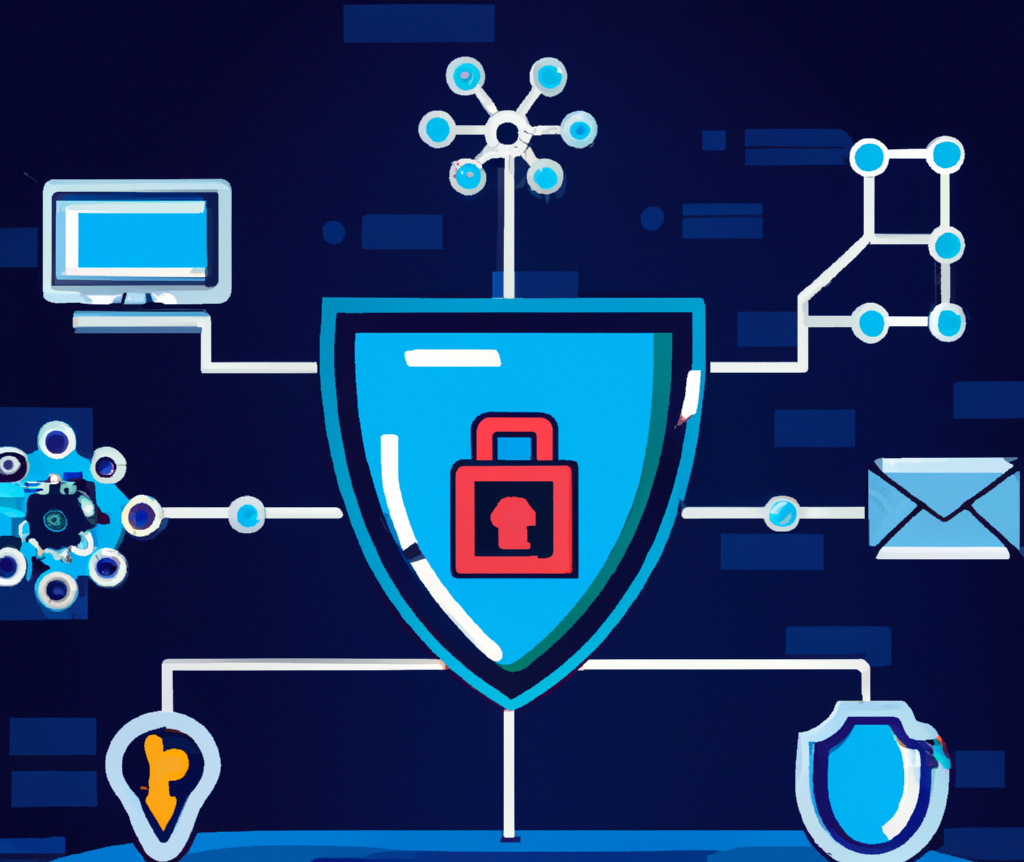February 18 | Cyber Security

In today’s increasingly digital world, cyber security is more crucial than ever. With every new technological advancement, the threats to data and digital infrastructure grow more sophisticated, making it essential for individuals and organizations to safeguard their sensitive information. The rise of cyber-attacks, data breaches, and identity theft has led to a surge in the development and deployment of cyber security technology (CyberTech) aimed at protecting against these malicious threats. But what exactly is CyberTech, and how is it evolving to stay ahead of cybercriminals? In this article, we will explore the various aspects of CyberTech, its key components, and why it is indispensable in modern-day digital security.
Cyber Security Technology, often abbreviated as CyberTech, encompasses the tools, strategies, and practices used to protect digital systems, networks, and data from unauthorized access, cyber-attacks, or destruction. With the continuous expansion of online services, cloud computing, and the Internet of Things (IoT), the need for advanced technologies to combat evolving cyber threats has never been greater.
CyberTech includes a variety of systems and technologies such as firewalls, encryption, intrusion detection systems, endpoint security, and more. These technologies aim to secure both hardware and software infrastructures, ensuring the safety and integrity of sensitive data.
Cyber security technology is a broad and complex field, encompassing many elements designed to defend against a wide range of cyber threats. Let’s break down some of the core components that make up the landscape of CyberTech:
Firewalls are the first line of defense against cyber threats. They monitor and control incoming and outgoing network traffic based on predetermined security rules. By acting as a barrier between a trusted internal network and untrusted external networks (such as the internet), firewalls help block unauthorized access to sensitive systems.
There are various types of firewalls, including:
Encryption is one of the most essential technologies used in CyberTech. It transforms data into unreadable formats, ensuring that even if it is intercepted by unauthorized parties, it cannot be accessed without the decryption key. This is particularly crucial in protecting sensitive data such as personal information, financial records, and intellectual property.
Common types of encryption include:
Intrusion Detection Systems (IDS) and Intrusion Prevention Systems (IPS) are key technologies used to monitor network traffic for signs of suspicious activity. While IDS detects potential security breaches and alerts administrators, IPS goes one step further by taking automatic action to block or mitigate the threat.
IDS/IPS systems can detect threats based on:
Endpoint security refers to the protection of individual devices (endpoints) that connect to a network, such as computers, smartphones, tablets, and servers. These devices can be a gateway for cybercriminals, making endpoint protection vital to overall security.
Endpoint security solutions often include:
Identity and Access Management (IAM) is a framework of policies and technologies that ensures the right individuals or systems can access the right resources at the right times. Effective IAM solutions help prevent unauthorized access and provide a controlled and auditable environment.
Key components of IAM include:
Artificial Intelligence (AI) and Machine Learning (ML) are revolutionizing the field of cyber security. These technologies can analyze massive amounts of data in real-time, identifying patterns, and predicting potential threats before they occur.
AI-powered systems can:
As organizations increasingly migrate to cloud-based infrastructure, securing cloud environments has become a major concern. Cloud security focuses on protecting data, applications, and services hosted in the cloud, ensuring that they are safe from cyber threats and vulnerabilities.
Key cloud security practices include:
The importance of CyberTech cannot be overstated, as the consequences of cyber-attacks can be devastating for individuals, businesses, and governments. The primary reasons why CyberTech is crucial include:
As cyber threats continue to evolve, CyberTech will also need to adapt. Emerging technologies such as Quantum Computing, 5G networks, and AI-powered threat intelligence are expected to shape the future of cyber security. However, these advancements will also introduce new vulnerabilities that need to be addressed.
One of the biggest trends in the future of CyberTech is the increasing use of automation and orchestration. By automating repetitive tasks, CyberTech can improve efficiency and reduce the time it takes to detect and respond to threats. Additionally, zero-trust security is gaining traction, which assumes that no user or device should be trusted by default, regardless of their location.
Moreover, collaboration between private and public sectors will be key to fighting cybercrime at a global scale. The sharing of threat intelligence and best practices will help organizations stay ahead of adversaries.
In an era where the digital landscape is constantly evolving, Cyber Security Technology (CyberTech) plays an indispensable role in protecting data, infrastructure, and organizations from an ever-growing range of cyber threats. From firewalls and encryption to AI-driven threat detection, CyberTech is a dynamic field that adapts to emerging challenges and ensures that sensitive information stays secure.
As technology continues to advance, so too will the tools and strategies to combat cybercrime, making CyberTech not just a necessity but a critical part of our digital future. Investing in robust cyber security solutions and staying informed about the latest advancements will be crucial for organizations and individuals alike in the ongoing fight against cyber threats.
SHARE THIS:
© Copyright 2025Global Tech AwardsAll Rights Reserved